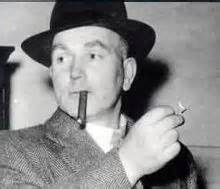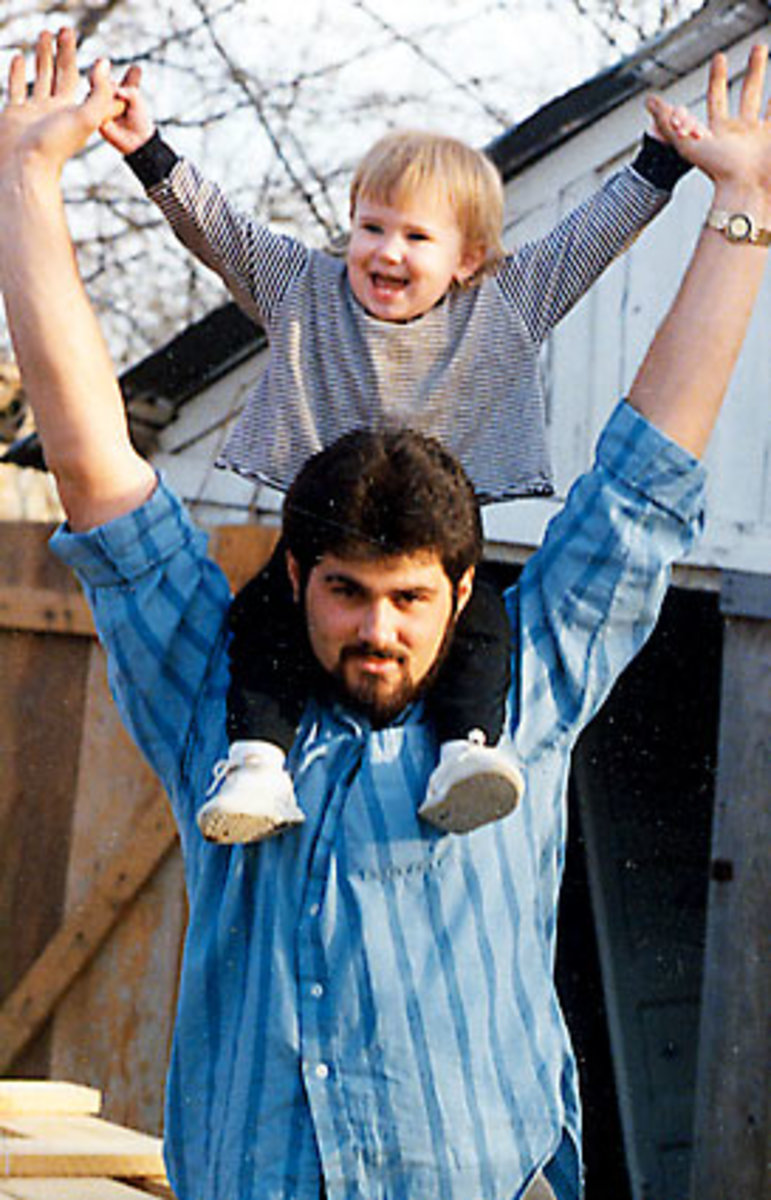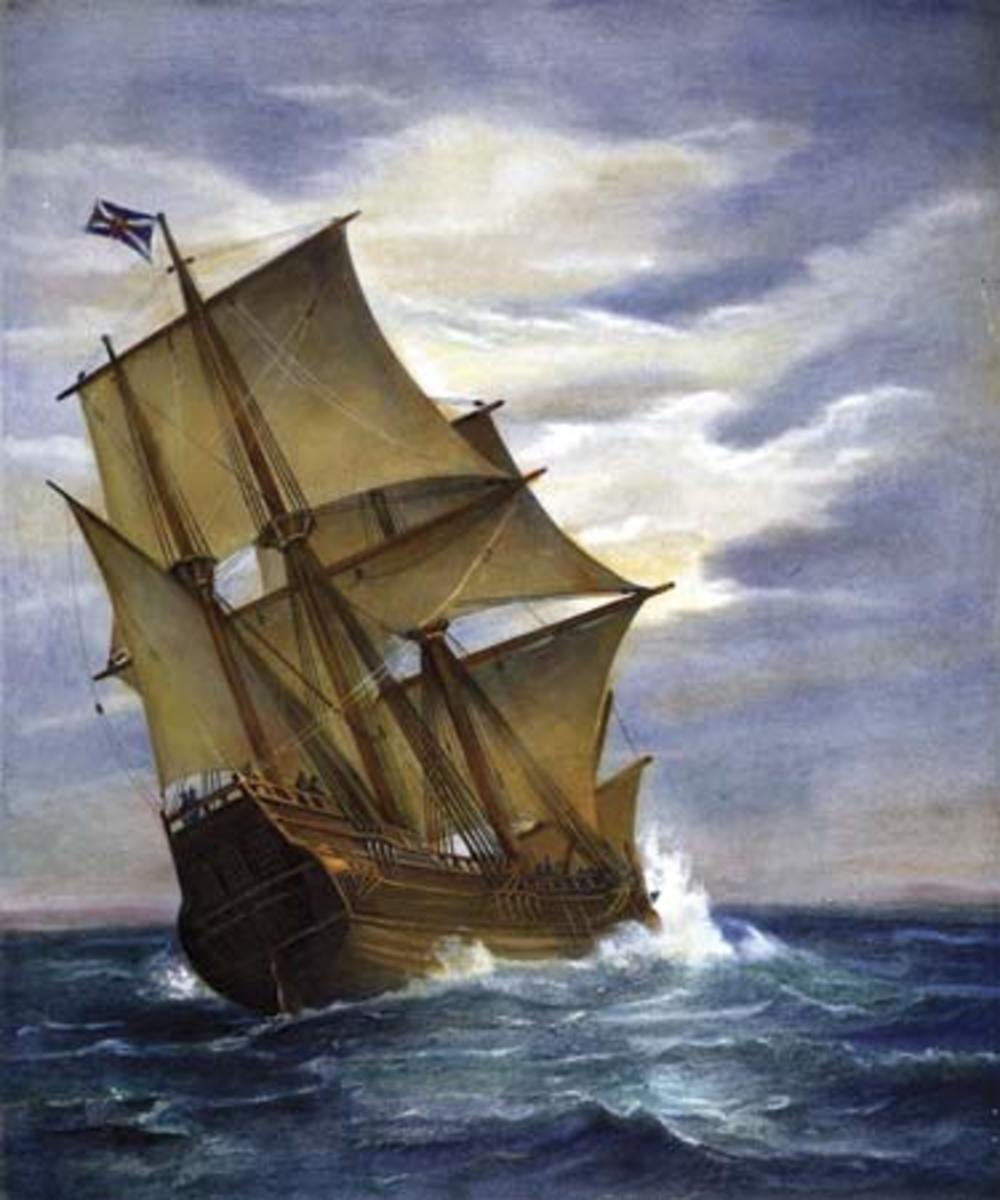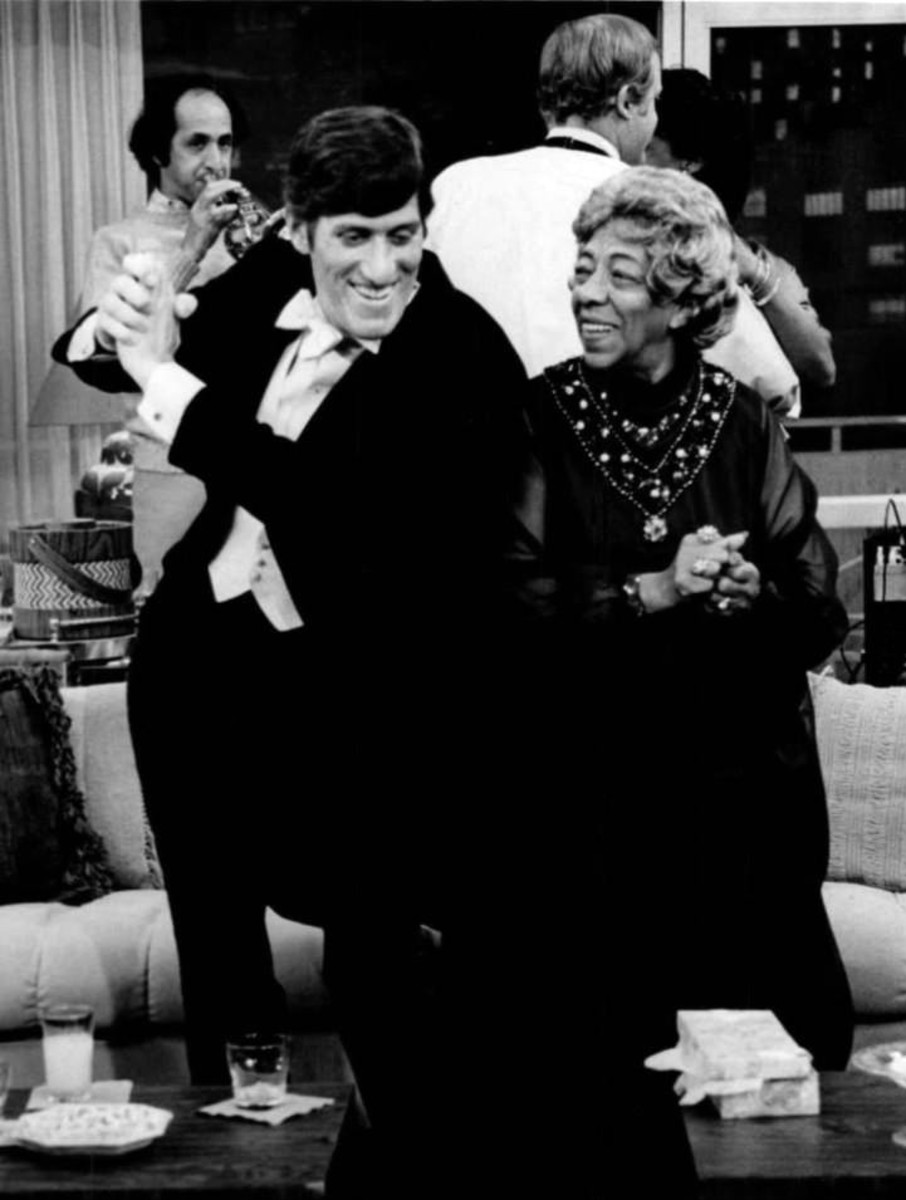Whatever happened to Albert Pierrepoint, The UK Hangman.

Albert Pierrepoint, (The Hangman ) 1905 - 1992
Albert Pierrepoint was the Hangman in England from 1932 when he qualified as the Assistant Executioner. He became the Chief Executioner in 1941 and retired in 1956. At that time, the British Home Office considered him to be the most efficient executioner in British History. Albert followed his father and uncle into 'the business' both men were also official executioners. Albert was interviewed at Strangeways Prison in Manchester and accepted as an assistant executioner. He completed a weeks training course at Pentonville Prison in London. At that point his name was added to the approved Home Office list of Executioners.
His First Hanging.
Albert attended his first execution on 29 December 1932. He assisted his uncle Thomas Pierrepoint in the execution of Patrick McDermott, a farmer who had murdered his brother. This took place at Mountjoy Prison in Dublin. Albert performed his first execution as chief executioner on 17 October 1941. In Pentonville Prison he hanged the gangster Tony Mancini. It was reported that as the trapdoor was 'sprung' Mancini said 'Cheerio'.
Private Life.
By this time Albert had met and married Annie Fletcher. Albert had kept his full time job working in a wholesale grocers and Annie had run a small sweet shop just down the road. They settled in Newton Heath in Manchester. Albert had not told Annie of his other 'job' however she learned of it from another source and waited for him to mention it. He was called to Gibraltar in January of 1944 to perform a double execution. Upon his return he told Annie where he had been and revealed his other life to her. This was not a surprise to her and the couple continued to have a happy married life.
War Crimes Justice.
After the second world war, the British conducted a series or war crimes trials. The first of which was the trial of the Nazi concentration camp staff from Belsen. The outcome of the trial included eleven death sentences. Pierrepoint was appointed to be the executioner. On the 11 December 1945 he flew to Germany to carry out the executions. He also hanged two other men who had been convicted of the murder of an RAF pilot. All thirteen were hanged at half hour intervals on 13 December. On that day among the condemned was; Irma Grese she was the youngest concentration camp guard to hang at the age of twenty two, Elisabeth Volkenrath was another woman to die that day. The men included Josef Kramer (commandant of Belsen) and Fritz Klein. The women were hanged individually, the men in pairs. The trials continued for some time and over the next four years or so, Pierrepoint travelled to Germany and Austria twenty five times to execute 200 war criminals. Notably Pierrepoint hanged William Joyce ' Lord Haw Haw ' who was hanged as a traitor on 3 January 1946. He was hanged at Wandsworth Prison.
Other notable executions.
John George Haigh 'The acid bath murderer'10 August 1949.
Timothy John Evans. Who protested his innocence to the end was hanged on 9 March 1950 at Pentonville Prison. He was convicted of the murder of his daughter. Timothy was given a posthumous pardon in 1966. It was found after his death that his neighbour, John Reginald Christie was a serial killer. he was hanged by Pierrepoint on 15 July 1953.
Derek Bentley also received a posthumous pardon in July 1998.Derek was hanged on 28 January 1953 for his part in the shooting to death of Police Constable Miles. The officer was shot by Bentleys accomplice. Bentley was being restrained by other officers and was not in sight of the shooting. Never the less he was charged with the murder and hanged. His accomplice was to young to hang, he was given a prison sentence and is today a free man. The widow of the murdered officer appealed for clemency as did 200 Members of Parliament. The jury recommended clemency but to no avail. Dereks family fought for forty five years to clear his name. In July 1998, Appeal Court Judges ruled that his conviction was 'unsafe' and it was quashed. There were many other executions carried out by Pierrepoint, to mention one more. For shooting her lover, he executed Ruth Ellis, on 13 July 1955 the last woman to be hanged.
Hanging A Man He Knew.
As time passed Pierrepoint had moved on from the small shop with Annie, he had by now become a publican. One night after a regular customer at his pub had been singing a duet with him, the man went home and murdered his girlfriend who was also seeing another man. Pierrepoint hanged James Corbitt on 28 November1950.
Resignation And Reflection.
Pierrepoint resigned in 1956. He had gone to Strangeways Prison to execute Thomas Bancroft, twelve hours before the time of execution Thomas Bancroft was reprieved. Pierrepoint expected full payment for his services, he was offered a lesser amount because the execution had not taken place. His case was that he had gone to officiate and had prepared everything in advance as was usual. A dispute followed and Pierrepoint resigned. The Home Office wrote to him and asked him to reconsider his position. His answer was no. In later years it is said that he turned against Capital Punishment. He felt that it did not deter people from murder. He knew that most murders were in the heat of the moment. Usually in fits of rage, or jelousy.
In Conclusion.
It is estimated that Pierrepoint executed 433 men and 17 women.It should be noted that other official executioners were active at the same time as Pierrepoint. However he carried out more executions than any of the others. Albert and Annie stayed together throughout their lives. They retired to Southport, a prosperous seaside town in the north of England. For the last four years of his life Albert lived in a nursing home. He died on 10 July 1992.
Albert Pierrepoint The Hangman.
© 2013 Graham Lee








